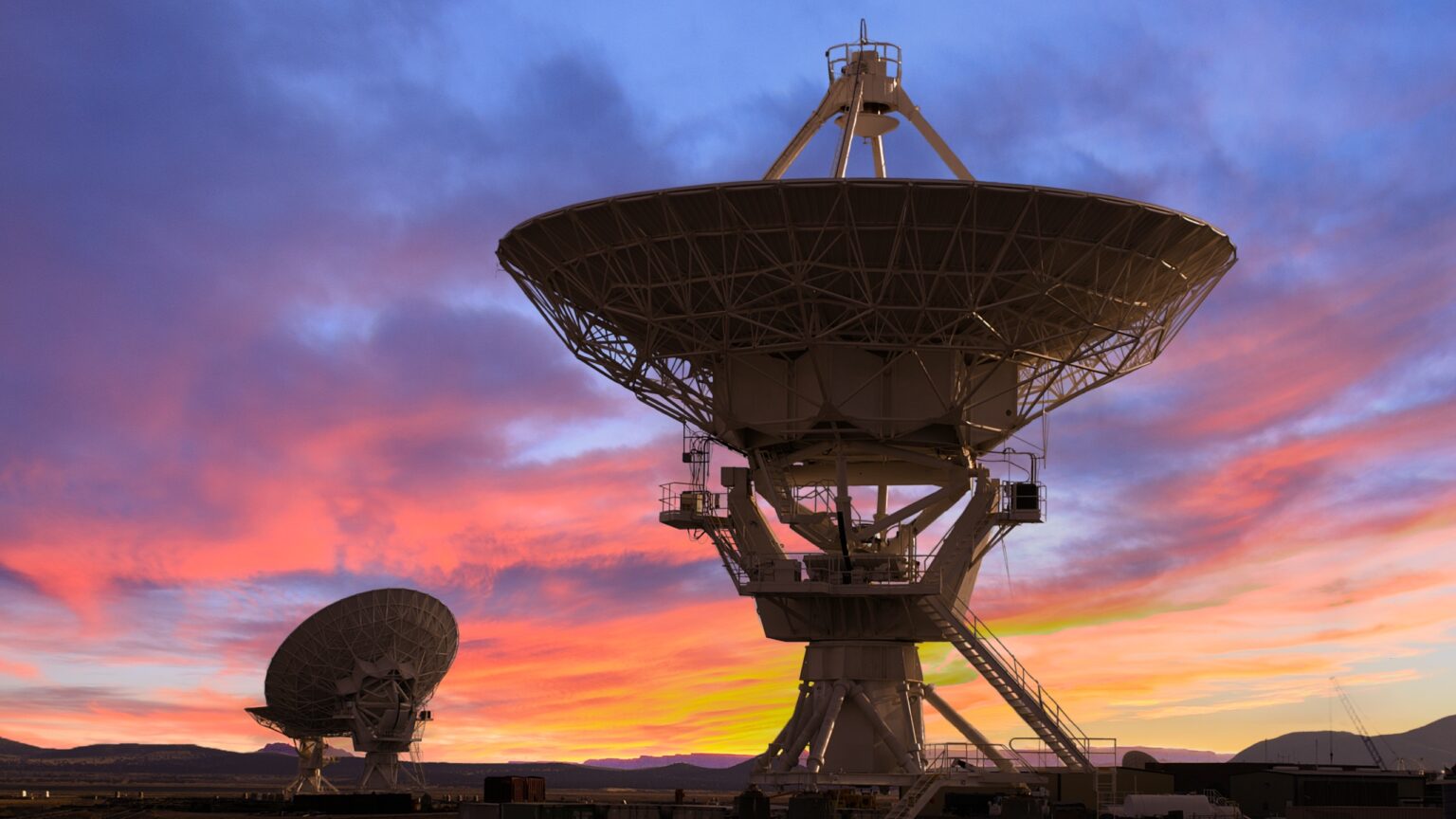An artificially intelligent (AI) system has discovered “eight signals of interest” as scientists continue to search for evidence of life beyond Earth.
The “promising extraterrestrial intelligence signals” have never been identified before, researchers wrote in a new paper, ‘A deep-learning search for technosignatures from 820 nearby stars’, published in Nature Astronomy on Jan. 30.
Finding alien signals via AI
Researchers found the signals in five different stars of between 30 and 90 light years from the Earth. The find may indicate the existence of other life forms outside of our planet, they say. But it could also point to rare interference from elsewhere.
Also read: BuzzFeed Shares Soar 300% After Company Announced Plans for AI Content
According to the study, the search for alien intelligence focused on what they called radio “technosignatures”, or signals that indicate the presence of alien technology, or of a society capable of harnessing tech for communication.
“Our AI was trained to search through data from radio telescopes for signals that couldn’t be generated by natural astrophysical processes,” co-author Danny C. Price, said in a write up for The Conversation.
“When we fed our AI a previously studied dataset, it discovered eight signals of interest the classic algorithm missed. To be clear, these signals are probably not from extraterrestrial intelligence, and are more likely rare cases of radio interference.”
Price, a senior research fellow at Curtin University, hopes that their findings could be used to highlight how artificial intelligence techniques “are sure to play a continued role in the search for extraterrestrial intelligence.”
How it works
The team created an algorithm that uses AI methods to classify signals as being either radio interference, or a real candidate. Scientists have a hard time searching for technosignatures because of the huge volume of data and interference with which they have to deal.
Developed by Peter Ma, a University of Toronto student and lead author of the paper, the new system intends to allow scientists to quickly sift through the large datasets coming out from the universe and pick up signals that are noteworthy.
It can also help researchers eliminate “false positives” issued from interfering human tech such as phones, WiFi and satellites. The AI algorithm searched through 150 terabytes of data from the Green Bank Telescope in West Virginia and identified 20,515 signals.
Of these, researchers found “eight signals of interest” that could not be attributed to radio interference, said Price. The search for technosignatures “has focused on radio frequencies because they travel easily through space” and are cost effective.
“To try and verify these signals, we went back to the telescope to re-observe all eight signals of interest. Unfortunately, we were not able to re-detect any of them in our follow-up observations,” he detailed.
Extraterrestrials hard to come by
In 2020, astronomers looking for aliens detected a signal that at first they thought to be a significant find, but later “turned out to be pernicious radio interference.”
Price said that scientists will continue to monitor the eight new candidates even though the “most likely explanation is they were unusual manifestations of radio interference: not aliens.”
“Sadly the issue of radio interference isn’t going anywhere. But we will be better equipped to deal with it as new technologies emerge,” Price says.
AI is now used in virtually all areas of science to help researchers with routine tasks. In the past few years, a burst of capable AI programs such as ChatGPT and Midjourney have showcased the progress made by humans in machine learning.









 and then
and then